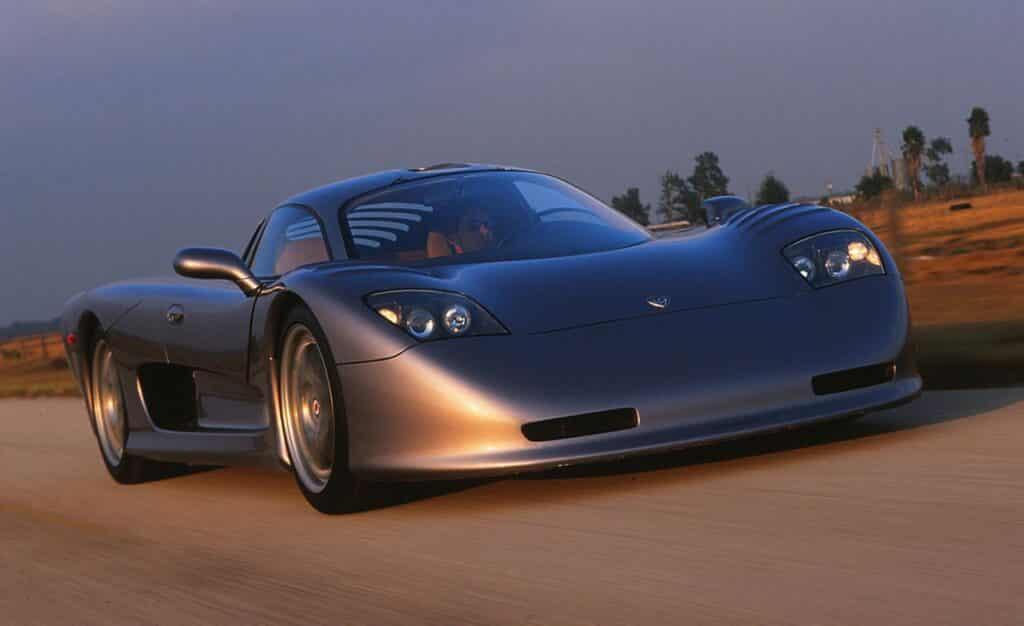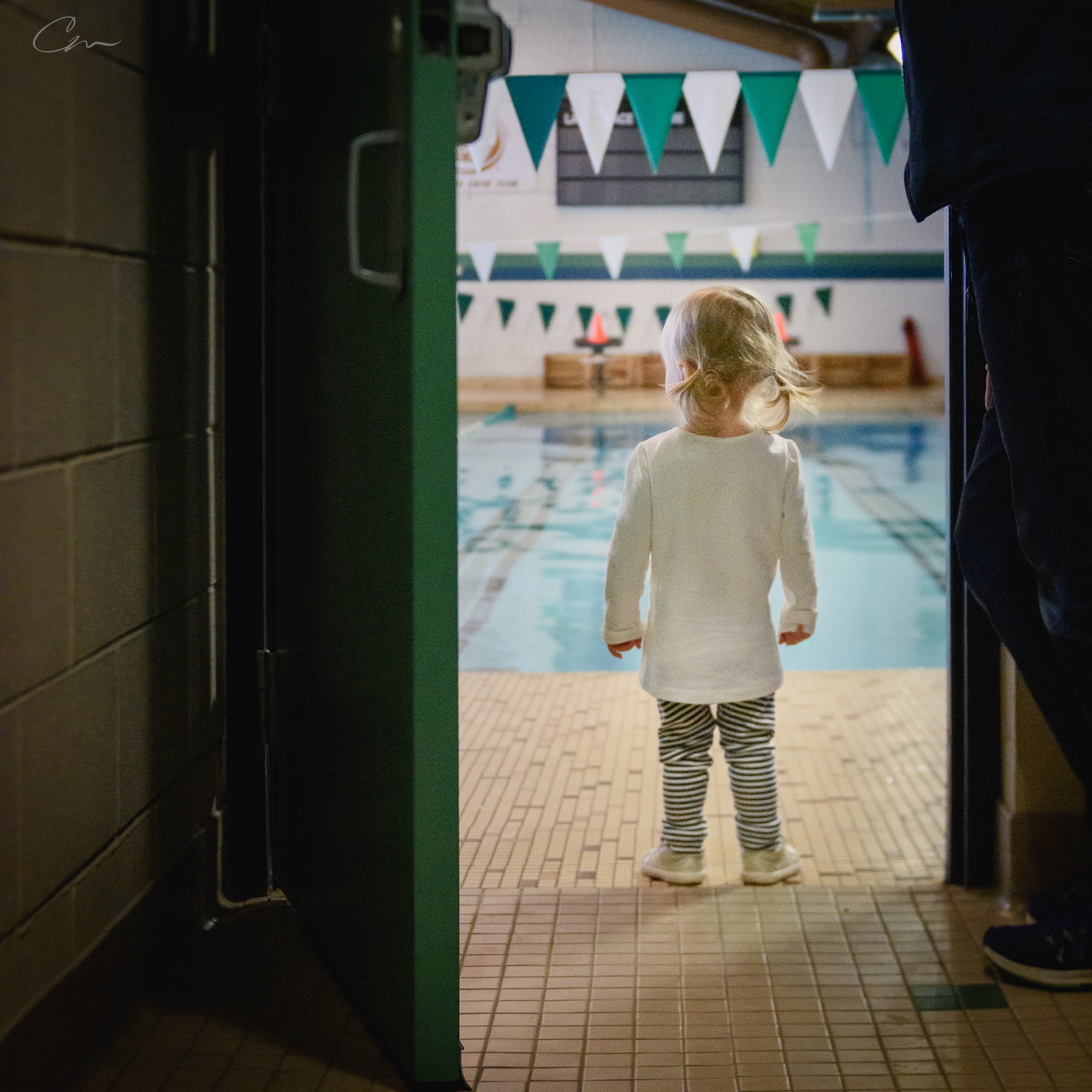Visualization is part of my sports, too. Before, during, and after.
There is so much written on the power of this (that I also have not dug into), I invite you to research and read more. I’m going to share my own application and results, in particular as it relates to running, cycling, weightlifting, Krav Maga, and snowboarding.
Visualization in Running
Visualization with running is a key piece, particularly when I am in a training cycle prepping for a race. My coach will have assigned particular types of runs for each day of the week so I spend time the day before each workout visualizing the entire thing. I’ve planned the location and time, I know the purpose, but I go beyond that and visualize the actual workout – the repeats, intervals, whatever is assigned, how it will feel, how my body will move most efficiently, what the best version of the workout looks and feels like.
Of course, not every workout turns out like I’ve visualized, I’m human, but so be it. No judgment, just run with it. (Pun-ch me.) I know that I’ve set the mental stage for my imagery to become reality and in time it will and does.
Visualization is also a tool we use for race prep. David and I have almost always gone to run a course, or at least segments, weeks or months in advance – Race Course Recon. This is always valuable for being able to visualize and mentally prepare for actual race day. Then I can then spend time visualizing while running and not running in the time leading up to the race. I can see my best performance in the actual scene.
Another tool I like to use sometimes is to run device-free. I don’t run with music so in my case that means to take off the watch. No metrics. This forces me to tune more deeply into my self, my body, my breath, my imagery, just feel the run more intimately, and visualize what is happening in my body more clearly.
Peloton Visualization
That same idea carries over onto the bike, indoor and out. On the Peloton, I am typically all about the metrics – zones, cadence, resistance, output, chasing numbers for the sake of the chase. It is SO EASY to get sucked into the numbers on that thing! I think it is because the bike doesn’t move, there’s no need to focus on the road ahead, balance, looking for obstacles, it is just you and the screen in front of you, so the numbers add extra entertainment on top of the instructor and music.
To counter this, sometimes I turn off all the metrics on the Peloton and even toss a towel over the screen so I don’t even see the class timer. Just tune into myself and ride. A few friends and I have done this together as a #SeeYourselfRide ride. This makes it even more powerful, knowing you have friends connected with the same focus and intention. Close your eyes and tune into yourself, visualize what is happening in your body, feel your breath, feel your energy, visualize how your body is moving, tap into your ability to see through feeling rather than numbers and devices and mirrors.
An indoor bike can be a tether – to the ground, to metrics, to mental boredom, OR it can freeing – you can close your eyes and tune out the entire world, visualize, go anywhere you want. This is one of the reasons I say it is the bike that goes everywhere.
The indoor bike is the perfect place to close my eyes and do pedal stroke drills – visualization in motion. It is like a jazz musician practicing scales and forms. Then on my mountain bike I hold on tight and hope I don’t crash. (I need some skills workshops and practice! This is a pace I’m not accustomed to.) This is akin to the jazz musician getting on stage and letting go of all the technique, allowing what has been ingrained to simply flow out and land as it will.
Visualization in the Gym
With weightlifting, visualization is the difference between excellence and just flinging weights around. The workout begins before stepping foot in the gym – with attitude, mindset, understanding the purpose and goals for the day, and visualizing each exercise. I like to use mirrors to watch form, but it is also very cool to close my eyes and learn to see it mentally. Feel the muscle fibers working, visualize the micro traumas that are occurring, visualize the different energy systems I’m using as I move through the workout, the fuel I’ve provided my body with going to work. Through every.single.rep. And then between sets, visualize what is coming next.
I also like to visualize long-term success, reaching my ultimate goals with weightlifting, what I will feel and look like. I find it helpful to watch videos of pros to internalize their form, tempos, shapes, and bring all of that to my own workouts. The mind-muscle connection with weight training is important and powerful, especially for someone like me that is basically starting from scratch and can use every tool available to make the most of my gym time and efforts.
Krav Maga
I had the privilege of practicing Krav Maga for a few months when we lived in Los Angeles. It was AWESOME! I absolutely loved it and would welcome the opportunity to train again. However, at first it was so foreign from anything I had ever done before (I used to rescue worms when it rained, so how on earth was I going to hit or kick someone??) so it took a lot of eyebrow-furrowed visualization for me to learn it.
The skills are lightning fast, the classes move at high speed, all on purpose to simulate reality, but with visualization I could break down the moves to Matrix-style pace to create the proper neuropathways to execute them in realtime.
Snowboarding
And finally, with snowboarding it was very much like Krav Maga. For some reason the physics of it was difficult for me to understand so I spent time at home each day visualizing the weight transfer, center of gravity, all of the skills. This was a lot safer than face planting continually every day and I improved at a phenomenal pace.
Today
There are so many ways to apply visualization to sport and everything else in life. A piece of imagery I’m lingering on and smiling at today is how I was born with a lemon of a body yet achieved the success I did, so now I imagine what I will perform like once my overhaul to a race car is complete.
From lemon to Mosler.


If you have landed on this page from an external link, please go HERE to read from the beginning. Otherwise, click on the next title below to continue.


Leave a Reply
You must be logged in to post a comment.